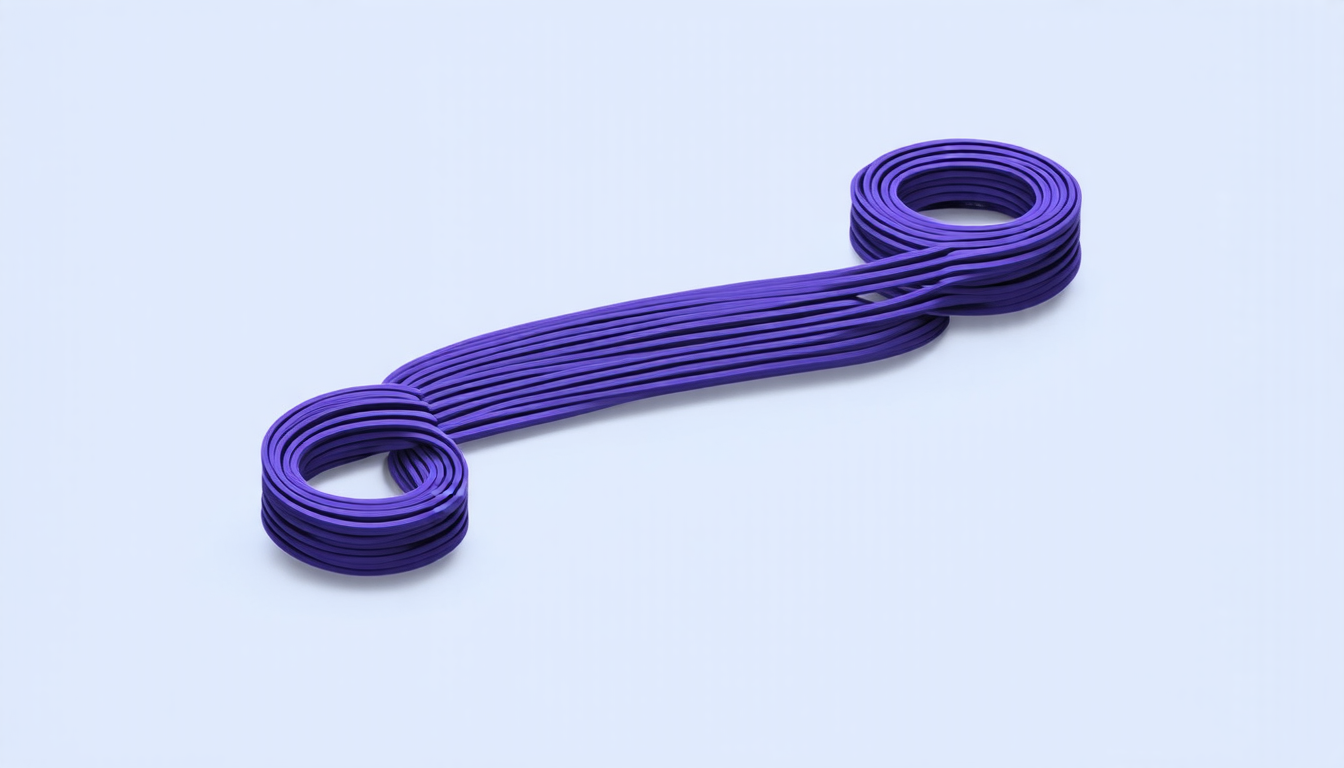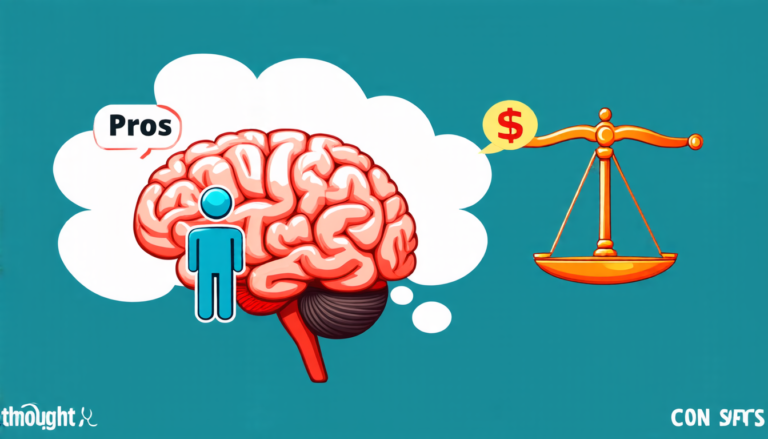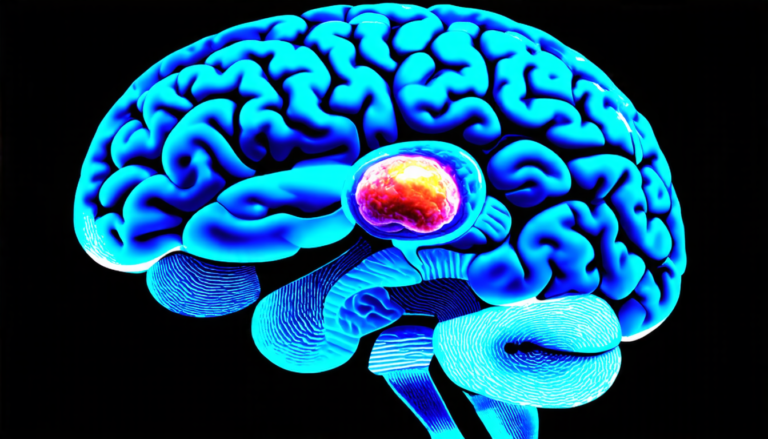Friday 21 November 2025
Scientists have made a significant breakthrough in the field of computer vision, developing a new method that can accurately register and track objects undergoing non-rigid deformations over time. This technology has far-reaching implications for applications such as robotics, autonomous vehicles, and medical imaging.
The team behind this innovation has created an algorithm called ERNet, which stands for Efficient Non-Rigid Registration Network. It’s designed to efficiently and accurately predict feed-forward registrations of point sequences, even in the presence of noise or partial information.
To understand just how challenging this problem is, consider trying to track a shape-shifting object, like a deformable mesh, over time. This requires identifying corresponding points on the object across different frames, while also accounting for changes in its shape and structure. Traditional methods often struggle with this task, especially when dealing with noisy or incomplete data.
ERNet tackles this issue by introducing a scalable data-driven approach that leverages temporal information to achieve accurate and consistent sequential registration. The algorithm works by predicting a sequence of deformation graphs through a two-stage pipeline. First, it estimates frame-wise coarse graph nodes for robust initialization, followed by refining their trajectories over time in a sliding-window fashion.
The key innovation here is the use of deformation graphs, which represent temporal correspondences between points on the object. By modeling these deformations, ERNet can better handle non-rigid transformations and capture subtle changes in shape over time.
To test the algorithm’s capabilities, the researchers used it to register point clouds from various datasets, including the DeformingThings4D and D-FAUST benchmarks. The results were impressive: ERNet outperformed existing methods in terms of accuracy and efficiency, with a notable speedup of over four times compared to the previous best approach.
This breakthrough has significant implications for fields like robotics, where accurate object tracking is crucial for tasks such as grasping and manipulation. Autonomous vehicles could also benefit from this technology, enabling them to better track and recognize objects in their surroundings.
In addition, ERNet’s applications extend into medical imaging, where it could be used to improve the accuracy of 3D reconstructions and tracking of deformable structures like organs or tissues.
The development of ERNet is a testament to the power of data-driven approaches in computer vision. By leveraging large datasets and sophisticated machine learning algorithms, researchers can tackle complex problems that were previously thought insoluble. As this technology continues to evolve, we can expect even more innovative applications across various fields.
Cite this article: “Efficient Non-Rigid Registration Network (ERNet) for Accurate Object Tracking”, The Science Archive, 2025.
Computer Vision, Object Tracking, Robotics, Autonomous Vehicles, Medical Imaging, Deformable Structures, Non-Rigid Registration, Efficient Algorithms, Machine Learning, 3D Reconstructions







